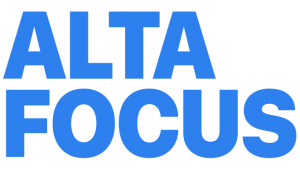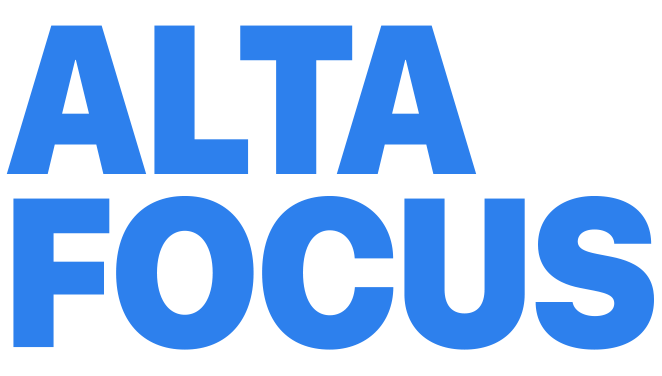Many hospitals and clinics have a difficult time collecting payments on time, which can potentially harm the quality of care they provide. One of the main reasons for this is that they operate with very little resources and time. As a result, the staff performs numerous roles, making it almost impossible to keep an eye on all of the tasks. The most common issues are caused by human error because healthcare providers still manage tasks using manual processes.
Revenue Cycle Management
In order to effectively manage revenue, many healthcare providers are now starting to use revenue cycle management solutions.
Healthcare Revenue Cycle Management: Definition
Healthcare revenue cycle management refers to the handling of the complete process of managing reimbursements and payment processing. Revenue cycle management ties, patient’s personal information, clinical data, insurer names, with billing information to provide a clear overview of all the important tasks.
The Steps in Revenue Cycles
A typical revenue cycle consists of the following steps:
- Preparation: A hospital first needs to gather the patient’s information in order to determine eligibility and scope of coverage.
- Submission: Once the fees are calculated, then the claim is then submitted to the insurance company.
- Managing the Claim: The health facility communicates with the insurer to determine the level of coverage.
- Collecting Compensation: Once the health facility receives reimbursement from the insurance carrier for treatments, then the facility submits an invoice to the patient for any remaining debt if applicable.
- Review: Finally, health facilities examine the data to find ways to enhance treatments and reduce costs.
Managing revenue starting from the first visit to reimbursement is a complex process consisting of many tedious tasks.
Problems that Providers Experience
There are numerous steps in the revenue cycle that can possibly cause issues if health facilities don’t use proper software tools.
Collecting Patient Information
The first step in the revenue cycle involves collecting accurate data about a patient’s medical history, finances, and insurance coverage. Neglecting this stage can lead to claims rejections down the road.
Insurance Coverage Issues
It’s critically important that health facilities proactively communicate with health insurance carriers. Again, overlooking this can also result in rejected applications.
Manual Processes
Lack of automation is one of the key reasons health facilities inefficiently collect payments. The fact that insurance providers frequently change their terms only exacerbates this problem.
Advantages of a Management Software Solution
These are some of the most important advantages of using revenue cycle management tools that are based on rules engines.
Steady Income
Hospitals and clinics generate more income because reimbursements stream in quickly and efficiently while costs are reduced.
Smooth Processes
Revenue cycle management software tools provide an intuitive solution to both doctors and, administrative staff that helps in generating revenue for health facilities.
Healthcare regulations and reimbursement insurance plans are constantly changing making it more difficult for health facilities to receive payments on time.
Optimizing Revenue Cycle Management
Compliance solutions that are rules-based help lower the occurrence of denied claims because they can alert the staff to potential problems with applications before they are submitted to insurers.
Offer Payment Plans
Hospitals and clinics can boost payment collections by offering payment plans to their patients. So, health facilities should offer financial estimates using entering patients’ data at or before the point of service.
Automated Screening
Rules-based software platforms can determine insurance coverage eligibility and perform other automated insurance underwriting tasks in an instant. This results in a dramatic reduction in time wasted on tedious bureaucratic tasks.
Rules-Based Revenue Management
A business rules engine powers robust RCM solutions that deliver a streamlined healthcare journey by automating tedious tasks and time-consuming processes. By reducing the amount of time needed to perform eligibility screening, hospitals can concentrate on other important tasks, such as payment collections.






